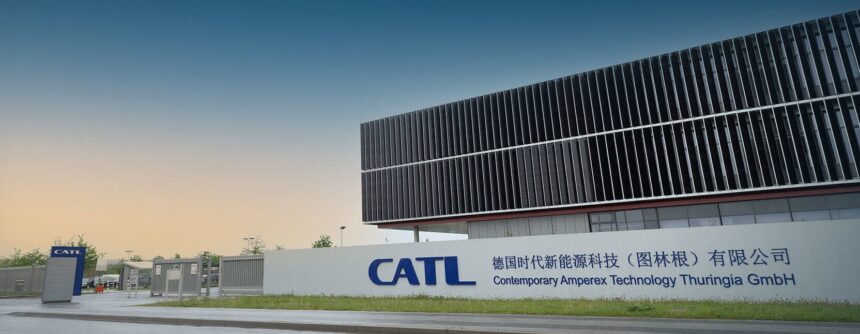Stellantis and CATL have recently announced a groundbreaking partnership that will see the investment of up to €4.1 billion in the construction of a cutting-edge lithium iron phosphate (LFP) battery plant in Zaragoza, Spain. This joint venture aims to establish a large-scale facility that is not only technologically advanced but also completely carbon neutral. The plant will be developed in phases, with plans for significant investments to be made along the way.
The targeted timeline for production to commence is by the end of 2026 at Stellantis’ existing site in Zaragoza, Spain. The facility has the potential to reach a capacity of up to 50 GWh, depending on the growth of the European electric market and ongoing support from authorities in Spain and the European Union. Through this 50-50 partnership between CATL and Stellantis, the automaker aims to enhance its LFP offering in Europe, allowing for the production of high-quality, durable, and affordable battery-electric vehicles in the B and C segments with intermediate ranges.
This collaboration between Stellantis and CATL follows a non-binding Memorandum of Understanding signed in November 2023 for the local supply of LFP battery cells and modules for electric vehicle production in Europe. The partnership also involves a long-term commitment to developing advanced battery technology to support Stellantis’ electric vehicle lineup and strengthen the battery value chain.
CATL, a leader in battery manufacturing technology, already operates two plants in Germany and Hungary, providing state-of-the-art solutions to the European market. Stellantis, on the other hand, adopts a dual-chemistry approach by utilizing both lithium-ion nickel manganese cobalt (NMC) and lithium iron phosphate (LFP) batteries to cater to different customer needs. The company is also exploring innovative battery cell and pack technologies as part of its commitment to becoming a carbon-neutral corporation by 2038, inclusive of all scopes, with plans for single-digit percentage compensation of remaining emissions.
The transaction between Stellantis and CATL is expected to be finalized by 2025, pending regulatory approval. This strategic partnership not only underscores the commitment of both companies to sustainable and innovative practices but also paves the way for the development of cutting-edge electric vehicle technology in Europe.





